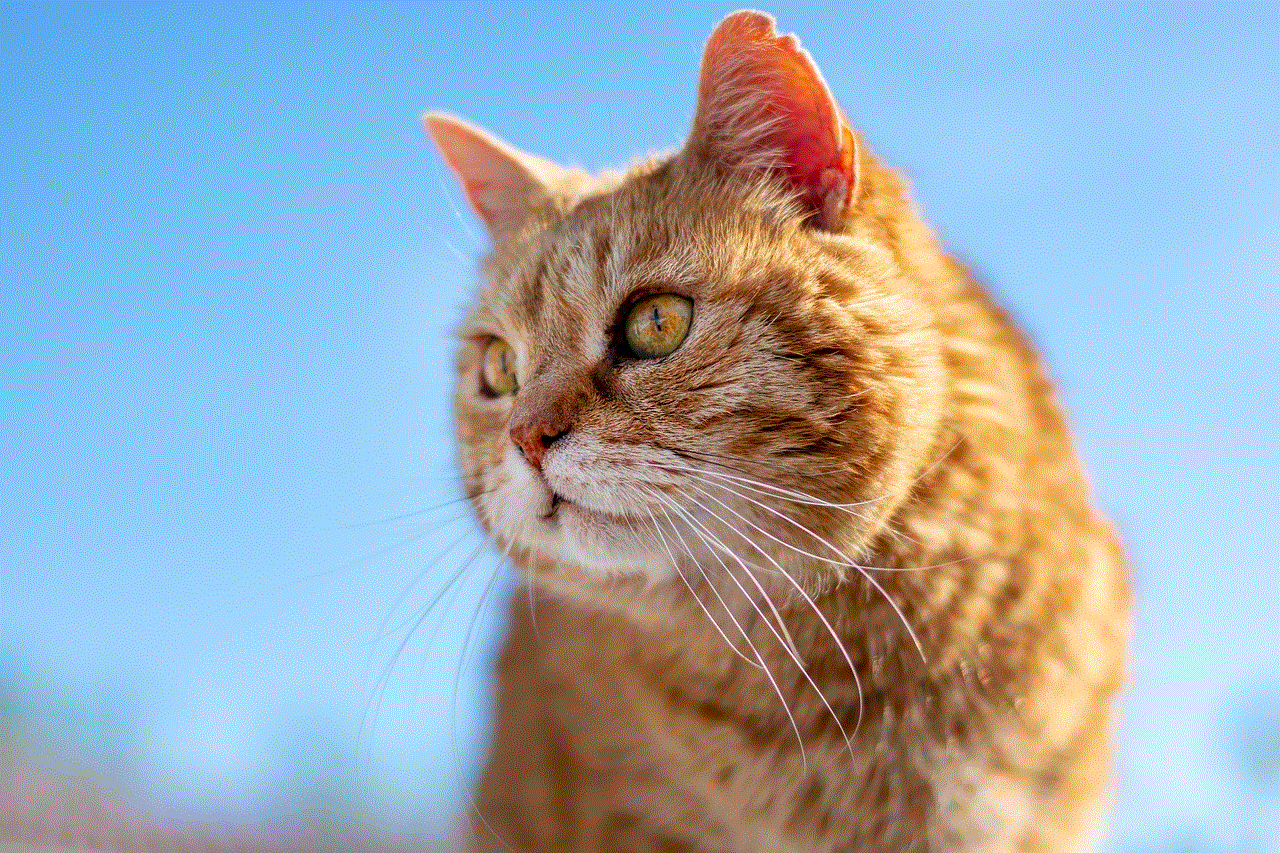how to draw rabbit
Rabbits are one of the most beloved and popular animals in the world. Known for their soft fur, long ears, and cute fluffy tails, rabbits have been domesticated for thousands of years and are now found in homes and farms all over the world. These adorable creatures have also been the subject of many folktales, children’s books, and cartoons, cementing their place in our hearts. But have you ever wondered how to draw a rabbit? In this article, we will take a step-by-step approach to drawing a rabbit, from its basic anatomy to adding details and creating a realistic and adorable bunny.
Before we start, it’s important to understand the basic anatomy of a rabbit. This will help us create a more accurate and realistic drawing. Rabbits have a small, round head with a short snout and long ears. Their bodies are elongated, with a small fluffy tail and four legs. They also have large back feet, which are used for hopping, and smaller front feet used for digging. Now that we have a basic understanding of their anatomy, let’s dive into the steps of drawing a rabbit.
Step 1: Sketch the Basic Shape
To start, lightly sketch a circle for the head and an oval for the body. Leave some space between the two shapes for the neck. Next, draw two long lines coming out of the head for the ears. These lines should be slightly curved and meet at the top to form a triangle shape.
Step 2: Refine the Head
Using the circle as a guide, sketch the outline of the rabbit’s head. Start by adding a small bump for the nose at the bottom of the circle. Then, draw a curved line above the nose for the top of the mouth. Add two small circles for the eyes and a tiny dot for the nose. Next, refine the ears by making them slightly wider at the base and tapering towards the top.
Step 3: Add Details to the Face
Now it’s time to add more details to the face. Start by drawing a curved line above the eyes for the rabbit’s brow. Then, add two small circles for the cheeks and a line below the mouth for the chin. Finally, draw two curved lines on either side of the head to create the fur on the cheeks.
Step 4: Draw the Body
Using the oval as a guide, sketch the outline of the rabbit’s body. Start at the bottom of the head and draw a curved line that connects to the oval. Then, add a second curved line that starts at the back of the head and curves downwards to meet the first line. This will create the back of the rabbit. Next, add two curved lines at the bottom of the oval for the front legs and two more lines at the back for the hind legs.
Step 5: Refine the Legs
Now it’s time to refine the legs. The front legs should be thinner and shorter than the hind legs. For the front legs, draw a curved line at the top and bottom of each leg to create the shape of the foot. For the hind legs, draw a curved line on the inner side of each leg to create the shape of the thigh. Then, add a curved line on the outer side of each leg for the calf.
Step 6: Add Details to the Body
To make the rabbit look more realistic, add some details to its body. Start by drawing a curved line on the belly to show the separation between the fur. Then, add a curved line on the back to show the spine. Finally, draw a small fluffy tail at the back of the rabbit’s body.
Step 7: Refine the Ears
Now it’s time to add more details to the ears. Start by drawing a curved line inside each ear to create the inner ear. Then, add some fur details by drawing small curved lines on the outer edge of each ear.
Step 8: Add Fur Details
To give the rabbit a more realistic look, we need to add some fur details. Using small curved lines, add fur texture to the head, body, legs, and tail. This will make the rabbit look soft and fluffy.
Step 9: Erase Unnecessary Lines
Now that our rabbit is taking shape, it’s time to clean up our drawing. Use an eraser to remove any unnecessary lines from the sketch. This will make the drawing look cleaner and more polished.
Step 10: Add Color
The final step is to add color to our drawing. Rabbits come in a variety of colors, from white and brown to black and grey. Choose your desired color and start filling in the different parts of the rabbit. You can use colored pencils, markers, or watercolors for this step.
Congratulations, you have successfully drawn a rabbit! With practice, you can create different poses and expressions for your rabbit, making each drawing unique. Remember to have fun and experiment with different colors and styles to create your own perfect bunny.
Tips for Drawing Rabbits
– When drawing the ears, remember that rabbits have excellent hearing, so their ears are always upright and attentive.
– To make the rabbit look more cute and cuddly, make the eyes big and round.
– When adding fur, use small and short strokes to create a soft and fluffy texture.
– Experiment with different colors and patterns to give your rabbit a unique and personal touch.
– Practice drawing different poses and expressions to improve your skills and make your drawings more interesting.
Conclusion
Drawing a rabbit may seem daunting at first, but with these simple steps, you can create an adorable and realistic bunny in no time. Remember to start with the basic shapes and then add details gradually. With practice and patience, you can create beautiful and lifelike drawings of rabbits. So grab your pencils and paper, and start drawing your own cute and cuddly rabbit today!
what does swag mean
The word “swag” has been a part of our vocabulary for quite some time now. It’s a word that is often used in various contexts and has evolved over the years. Some may use it to describe a certain style, while others may use it to convey a feeling or attitude. But what does swag really mean? In this article, we will explore the origins of the word, its various meanings, and how it has become a significant part of our culture.
Origin of the word “swag”
The word “swag” has a long history and its origins can be traced back to the 13th century. It is derived from the Old Norse word “sveggja” which means to sway or swing. In the 16th century, the word “swag” was used to describe a bag or a pack that was carried by a traveler. It was often used by soldiers or merchants who carried their belongings in a swag bag while on the move.
In the 19th century, the word took on a new meaning in the Australian slang. It was used to describe the goods or items that were given to gold miners as a reward for their work. These goods were known as “swags” and often included food, clothing, and other necessities.
The word became more mainstream in the 20th century when it was used to describe the loot or stolen goods that were acquired by thieves. However, it wasn’t until the 1960s that the word “swag” took on a completely new meaning and became popularized in the African American community.
The evolution of “swag”
In the 1960s, the word “swag” was used to describe a sense of confidence and style. It was often used to describe the way someone carried themselves or the way they dressed. This term was primarily used in the African American community and was a way for individuals to express their own personal style and attitude.
During this time, the word “swag” was also used as an acronym for “secretly we are gay”. It was a code used by the LGBTQ+ community to identify each other without drawing attention from others.
In the 1980s and 1990s, “swag” became a popular term in the hip-hop and rap culture. It was used to describe a person’s overall demeanor and confidence. It was also used to describe someone’s possessions or wealth. This was a time when flashy and expensive items were seen as a symbol of success and “swag” was a way to flaunt it.
Today, the word “swag” has taken on a whole new meaning and has become an integral part of our culture. It has become a way for people to express themselves and their individuality. It is no longer just a term used in the African American community, but has been embraced by people of all races and backgrounds.



What does “swag” mean today?
Today, “swag” is a term that has multiple meanings and can be used in various contexts. It has become a slang term that has been popularized by social media and popular culture. Let’s take a look at some of the most common meanings of “swag” in today’s society.
1. Style and confidence
One of the most common meanings of “swag” today is style and confidence. It is used to describe someone who has a unique sense of fashion or carries themselves with a certain attitude. It is often associated with being cool, trendy, and having a certain level of self-assurance.
2. Freebies and giveaways
Another common meaning of “swag” today is freebies and giveaways. It is often used to describe the gifts or promotional items that are given out at events or conferences. Companies often use “swag” as a marketing tool to promote their brand and attract potential customers.
3. Swagger
The word “swag” is often used as a shortened version of the word “swagger”. It is used to describe someone’s walk or demeanor. It is often associated with confidence and a sense of authority.
4. Wealth and possessions
As mentioned earlier, “swag” was often used in the hip-hop and rap culture to describe wealth and possessions. Today, it is still used in the same context and is often used to describe someone’s expensive or flashy items.
5. Attitude and personality
“Swag” is also used to describe someone’s attitude and personality. It is often used to describe someone who is cool, confident, and has a certain charisma. It is a term that is often associated with being popular and well-liked by others.
6. Influence and popularity
In today’s social media-driven world, “swag” is also used to describe someone’s influence and popularity. It is often associated with individuals who have a large following on social media and are considered to be trendsetters.
7. Uniqueness and individuality
“Swag” is also used to describe someone’s uniqueness and individuality. It is often used to describe someone who has their own personal style and is not afraid to be different from others.
8. Coolness and trendiness



“Swag” is often used in the context of being cool and trendy. It is a term that is used to describe something that is popular and in fashion.
9. Confidence and self-esteem
Confidence and self-esteem are closely associated with “swag”. It is often used to describe someone who is self-assured and has a strong sense of self-worth.
10. A positive attitude
Lastly, “swag” is often used to describe a positive attitude. It is associated with individuals who have a good outlook on life and are not easily discouraged by challenges.
In conclusion, the word “swag” has come a long way from its origins in the 13th century. What started as a term to describe a bag or pack has evolved into a slang term with multiple meanings. It has become a significant part of our culture and is used by people of all ages and backgrounds. Whether it’s used to describe style, confidence, or wealth, “swag” is a word that will continue to be used and evolve in our language.
definition of swager
Swagger is defined as a confident and stylish manner, often associated with a sense of coolness and self-assuredness. This term has gained widespread popularity in recent years, particularly in the world of fashion and pop culture. It has become a buzzword, with people using it to describe everything from a person’s attitude to their clothing choices. But where did this term come from, and how has it evolved over time?
The word “swagger” has its origins in the late 16th century, derived from the Old English word “swag,” which means to sway or rock. In its early usage, swagger was used to describe a person’s gait or walk, often referring to a confident and arrogant stride. However, as time passed, the meaning of the word evolved to encompass a broader range of characteristics, including confidence, style, and charm.
Throughout the 19th and 20th centuries, swagger continued to be associated with a confident and self-assured attitude. It was often used to describe a person’s demeanor, particularly in situations where they were trying to impress others. For example, a man might be described as having “swagger” if he walked into a room with a confident and commanding presence. Similarly, a woman might be said to have “swagger” if she exuded a sense of effortless coolness and charm.
In the 21st century, the term “swagger” has become more mainstream, thanks in part to its frequent use in popular culture. It has been referenced in countless songs, movies, and TV shows, making it a recognizable term for people of all ages. Today, it is used to describe a wide range of behaviors, from a person’s walk and attitude to their fashion choices and social media presence.
One of the most notable uses of the word “swagger” in popular culture is in Hip-Hop music. In the early 2000s, the term became synonymous with the rap and hip-hop scene, often used to describe the confident and flashy style of artists like Jay-Z, Notorious B.I.G., and Snoop Dogg. These artists embraced the term and its connotations, using it in their lyrics and interviews to describe their attitudes and lifestyles.
Another significant influence on the popularity of swagger is social media. With the rise of platforms like Instagram and Twitter , people have been able to curate and showcase their lives, creating a sense of “online swagger.” This term is often used to describe a person’s carefully crafted online persona, which is often associated with confidence, style, and a sense of coolness.
However, while swagger is often associated with positive attributes, it can also have negative connotations. In some contexts, it can be seen as arrogant or overly confident, and even toxic masculinity. For example, a person might be described as having “too much swagger” if their confidence comes across as cocky or disrespectful.
One of the most interesting things about swagger is its ability to transcend cultural and societal boundaries. While it is often associated with Western culture and popular media, the concept of swagger can be found in many different cultures and traditions. In fact, the idea of having a confident and stylish demeanor is prevalent in many non-Western societies, such as Japan, where it is known as “ikigai.”
In the fashion world, swagger has become a buzzword, often used to describe a style that exudes confidence and a sense of coolness. Many fashion brands have capitalized on this trend, marketing their products as being “swagger-approved.” This style often includes bold and statement pieces, paired with classic and timeless items, creating a balance of confidence and sophistication.
The concept of swagger has also made its way into the business world, with many companies adopting a “swagger culture.” This term is used to describe a work environment that promotes confidence, self-assurance, and a sense of coolness. Companies with a “swagger culture” often encourage their employees to be bold and take risks, which can lead to increased productivity and innovation.
In the sporting world, swagger is often associated with athletes who exude confidence and style both on and off the field. Athletes like Serena Williams, LeBron James, and Usain Bolt are often described as having “swagger,” as they not only excel in their respective sports but also have a unique and confident attitude that sets them apart from their peers.



One of the most significant impacts of the word “swagger” is its ability to empower and inspire people. The idea of having “swagger” has become a source of motivation for many, particularly in marginalized communities. It has become a way for people to embrace their uniqueness and confidently express themselves, despite societal expectations and stereotypes.
In conclusion, swagger is a term that has evolved over time, from its origins as a description of a person’s walk to a concept that encompasses confidence, style, and a sense of coolness. It has become a buzzword, used in various contexts, such as music, fashion, business, and sports. While it can have both positive and negative connotations, the concept of swagger has become a source of inspiration and empowerment for many, making it a significant part of our cultural lexicon.